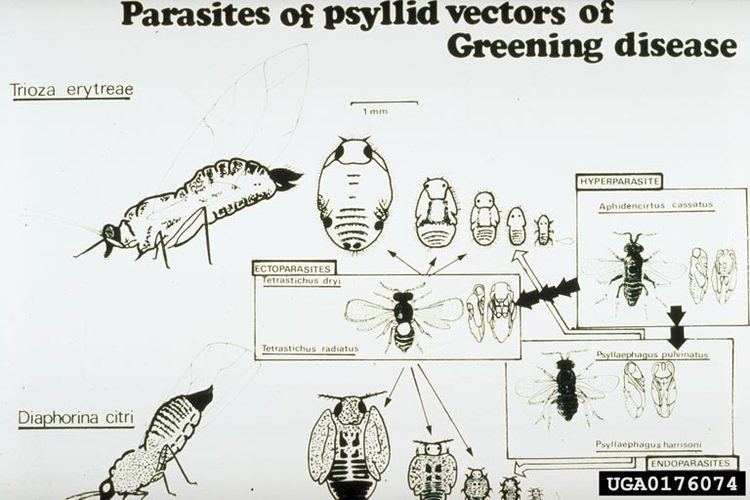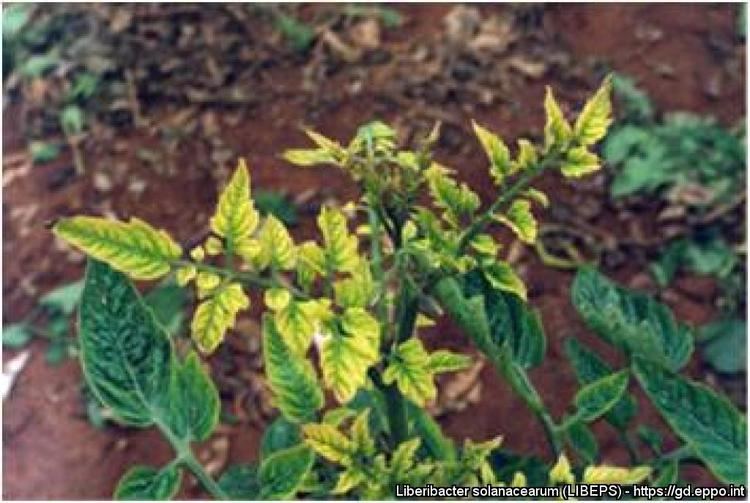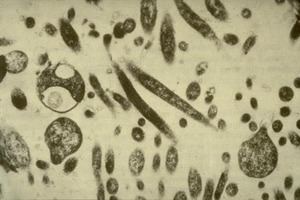Scientific name Candidatus Liberibacter Phylum Proteobacteria Order Rhizobiales | Rank Genus | |
 | ||
Similar Diaphorina citri, Diaphorina, Jumping plant louse, Bacteria, Bactericera cockerelli | ||
Transmission tests of candidatus liberibacter solanacearum by carrot seeds
Candidatus Liberibacter is a genus of Gram-negative bacteria in the Rhizobiaceae family. The term Candidatus is used to indicate that it has not proved possible to maintain this bacterium in culture. Detection of the liberibacters is based on PCR amplification of their 16S rRNA gene with specific primers. Members of the genus are plant pathogens mostly transmitted by psyllids. The genus was originally spelled Liberobacter.
Contents

Species
Named species include:



References
Candidatus Liberibacter Wikipedia(Text) CC BY-SA
